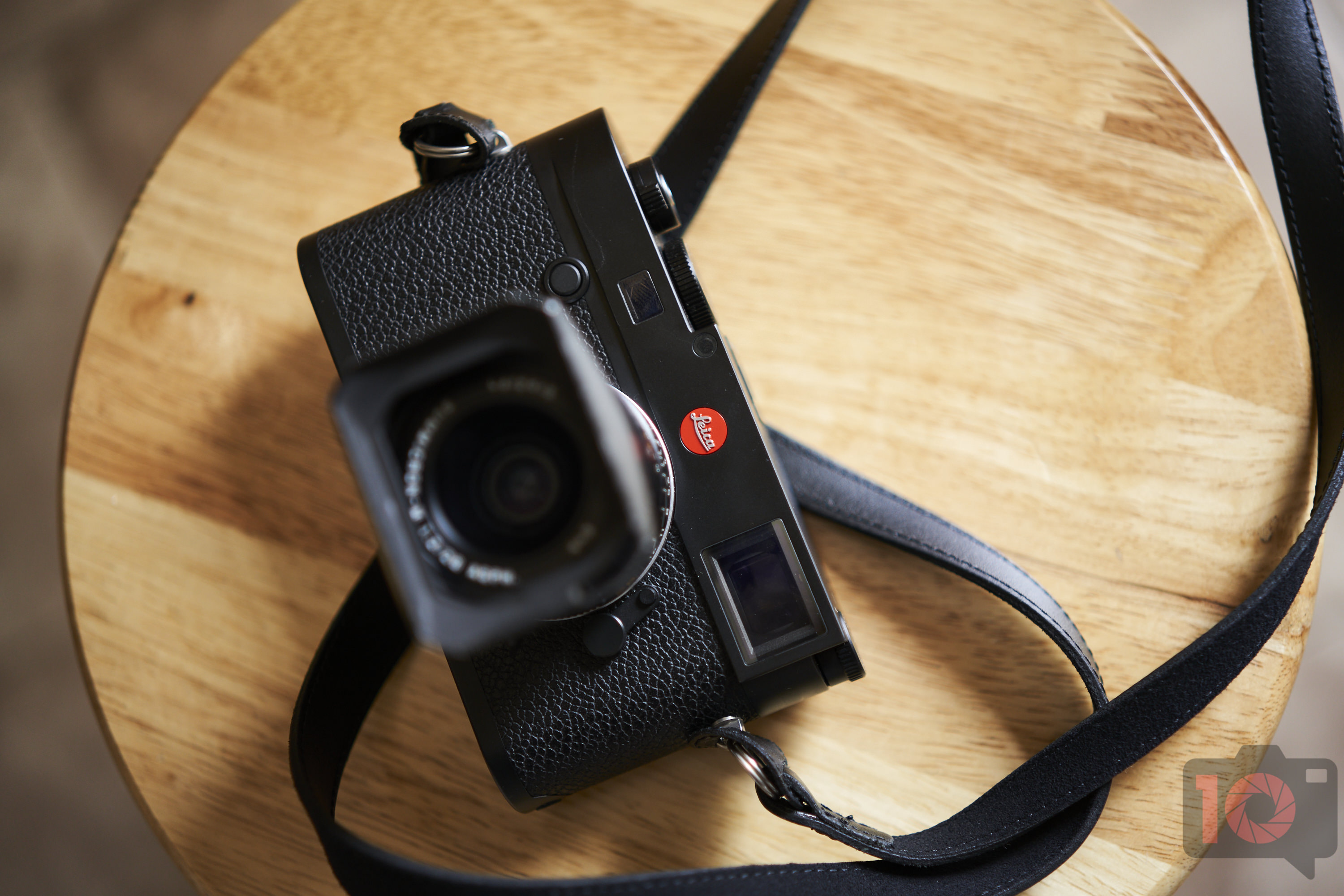

The problem with this comes with wide angle lenses (which are pretty much the main staple of the rangefinder camera).
Leica m9 with gps4cam iso#
* This is effectively over-exposed ISO 160 which is then pulled down a stop by a different tone curve, it’s indicated as “PULL 80” and will have less dynamic range than ISO 160 Solving the corner vignetting problemīecause a rangefinder camera doesn't have a mirror box its lenses don't have to be retrofocus in design, meaning they can sit much closer to the film (or in this case the sensor).

New UV/IR filter cover glass - the M9's sensor now has a 0.8 mm UV/IR filter, which is not only thicker than that on the M8 but also made from a new material with improved IR cut-off properties (I'm sure Leica are happy to put that episode behind them).Ĭenter-biased reflected from white & grey stripes on shutter bladesĬenter-biased reflected from white stripes on shutter blades.

There is no limitation on the lenses which can used, even short back-focus ultra-wide angle designs will work without issue (we tested the M9 with the 16 / 18 / 21 mm Tri-Elmar-M and saw no obvious corner problems).
Leica m9 with gps4cam update#
In September 2008 came a subtle update the M8.2 was identical from a sensor and imaging sub-system point of view but added a few new features a quiet metal shutter, discrete shutter re-cock, snapshot mode, sapphire crystal cover glass for the LCD and most importantly the ‘stealthy’ black Leica dot.Īnd now comes the M9, 'the world's smallest full frame camera', which on paper at least looks to be the ultimate digital M an 18 megapixel full-frame (36 x 24 mm) sensor, still with no low-pass filter but now with a new UV/IR cover-glass filter which means no need for lens filters. We along with several other testers noted this issue, and soon Leica were producing screw-on UV/IR filters for their lenses in order to eliminate the effects of such spectral pollution. However it wasn’t all plain sailing, all modern digital cameras feature a glass UV/IR filter in front of the sensor, and in the case of the M8 the design was particularly thin (just 0.5 mm) which turned out, in production, not to be strong enough.

The M8 looked similar to the film M7 but was a completely new body, with a 27 x 18 mm (1.3x FOV crop) 10 megapixel Kodak CCD sensor and no resolution-sapping anti-alias filter. Three years ago Leica revealed the M8, its first digital rangefinder. Updated with tests of the M9 sensor's infrared response compared to the M8.


 0 kommentar(er)
0 kommentar(er)
